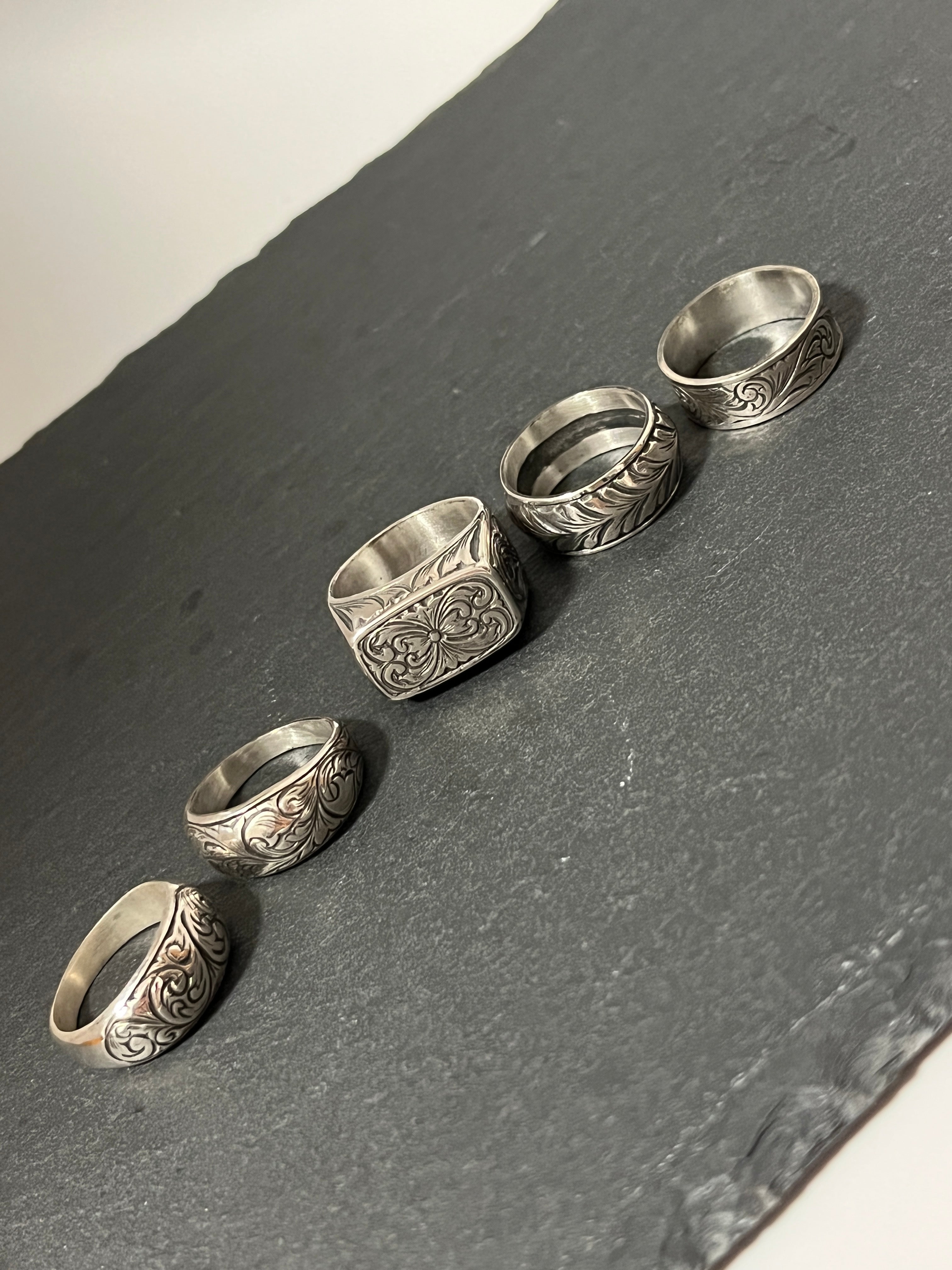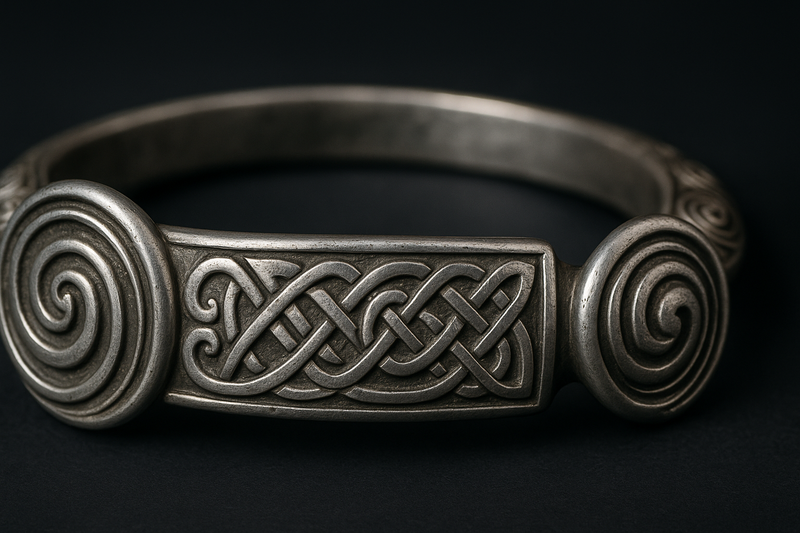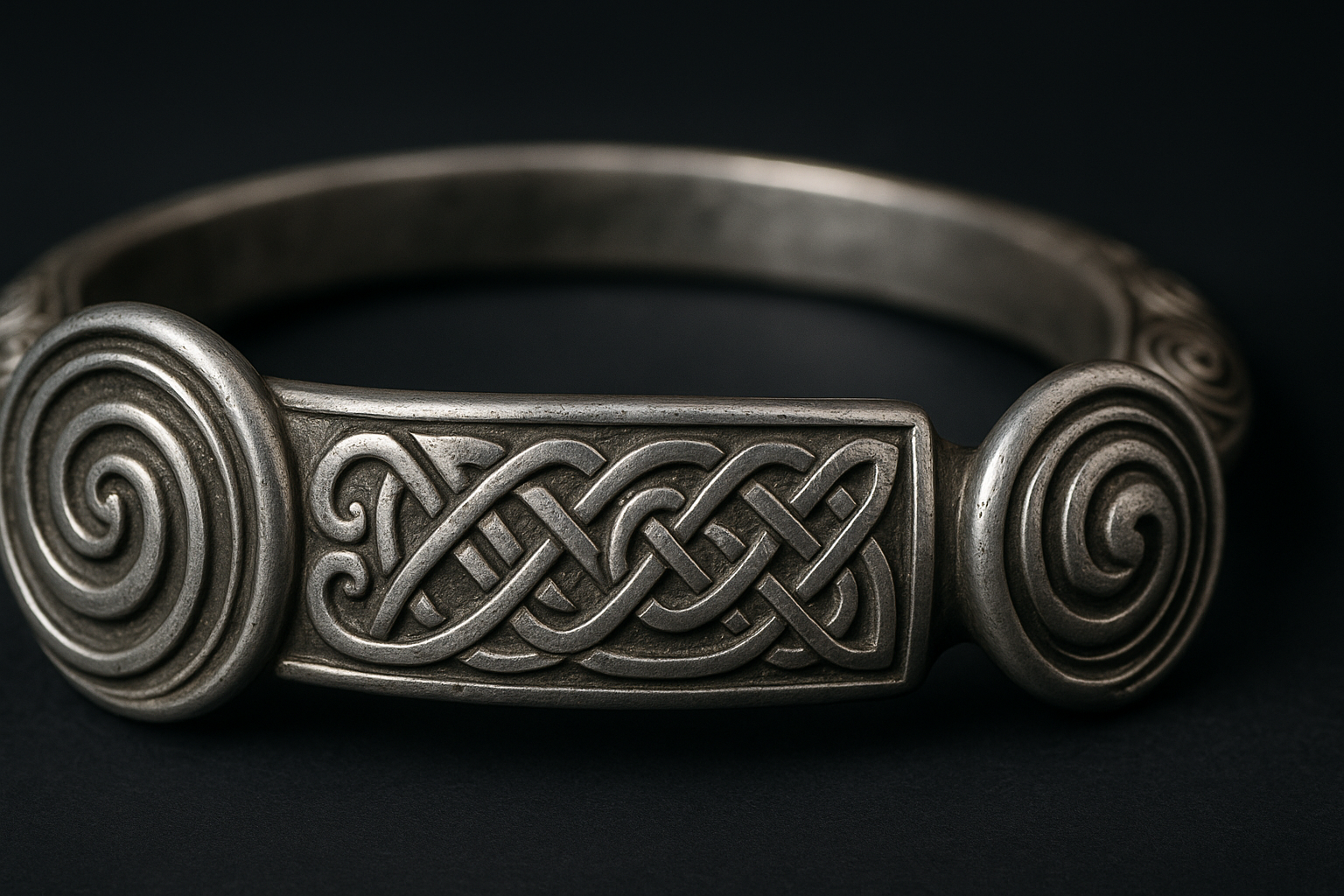
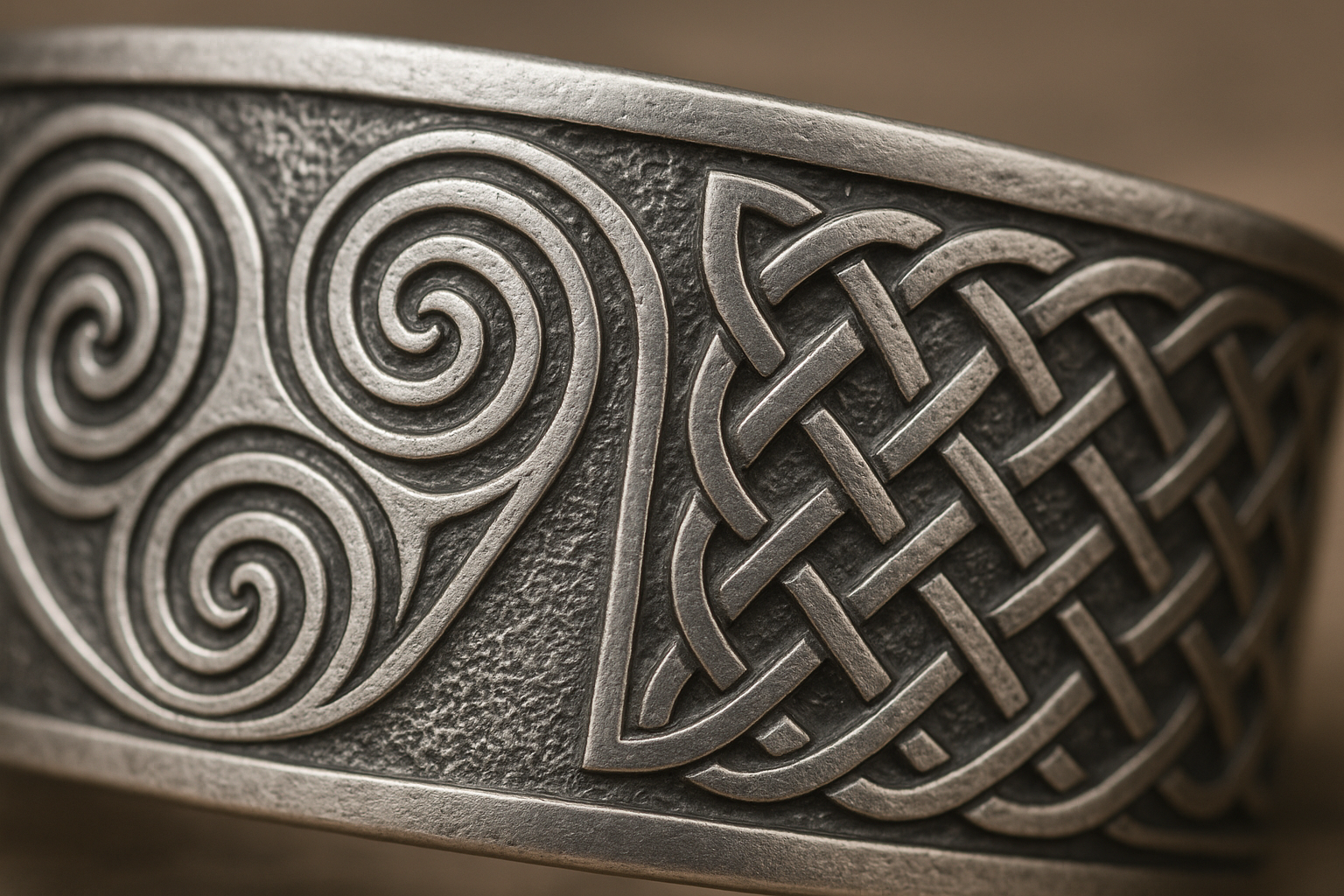
Celtic Patterns - Ancient Symbolism in Spirals and Triskeleton
What are Celtic patterns?

Celtic patterns are designs that symbolize the artistic and decorative culture of the Celtic people, who existed mainly in Western Europe before the Common Era.
Their culture was widespread in what is now Ireland, Scotland, Wales, and central France (Gaul).
This pattern is closely linked to nature, life, and faith, and was used in a wide range of fields, including metalwork, stone carving, and manuscript decoration (such as the Book of Kells).
In particular, the spiral and triskelion are representative motifs that have appeared repeatedly from ancient times to the Middle Ages.
The meaning of spiral
In the Celtic world, spirals are said to symbolize the cycle of life, regeneration, and eternity .
This shape is also a symbolic expression that reflects the movements of nature - wind, water currents, the movement of the sun, etc.
The classification can be organised as follows:
- The Single Spiral : The Flow of Life, the Journey of the Soul
- Double Spiral : Light and Darkness, the Changing Seasons
- Triple Spiral (Triskele) : Past, present, and future, or the three realms of earth, sea, and sky
These interpretations are not religious, but rather are considered to be visual symbols that show the cycle of nature and human activities .
Origin of the Triskele (Triskelion)
A triskelion is a pattern consisting of three spirals radiating from a central point.
This design has been known to exist since the Neolithic period , before the Celts.
In particular , the Newgrange ruins in Ireland (approximately 3,000 BC) have a triple spiral carved into a stone slab, which is thought to be a symbolic marking related to the movement of the sun and the cycle of the seasons.
From the Celtic period onwards, this motif was engraved on warrior shields, metal ornaments, ritual implements and other items , and came to have meaning as a talisman and symbol of protection .
Although its form has changed over the years, it has consistently embodied the concepts of "circulation, balance, and regeneration."
Celtic beliefs and the idea of the Trinity
In Celtic religious thought, divinity resided in every element of nature, and the number "three" held a special significance.
This idea of the Trinity has a structure that also leads to later Christian interpretations.
Examples of symbolic triads include:
- Three Goddesses (Mother, Daughter, and Crone)
- Three realms (earth, sea, and heaven)
- The three phases of time (past, present, future)
The Triskele is a visual representation of these triads, and it was believed that wearing it would bring protection, harmony, and mental stability .
Inheritance to the present day
Even today, spiral and triskel designs are used in a variety of forms, including silver accessories, tattoos, and graphic designs.
Particularly in the fields of metal engraving and handmade jewelry , curved shapes and the luster of metal give ancient motifs a new, three-dimensional expression.
Although the religious background has faded, the fundamental themes of " eternity, circulation, and vitality " still resonate with people, and the beauty of ancient design still has a definite presence in modern design.
summary
Celtic patterns are not merely decorative but are visual arts that symbolize views of nature, faith, and the concept of time .
The ideas embodied in spirals and triskelions continue to speak of the "cycle of life" in jewelry and design, even now, thousands of years later.
